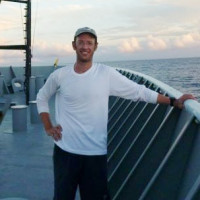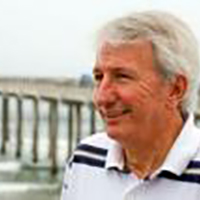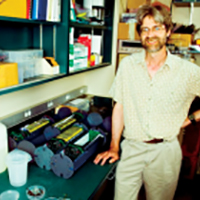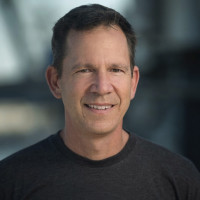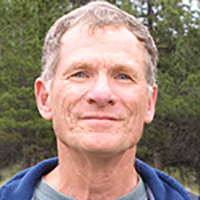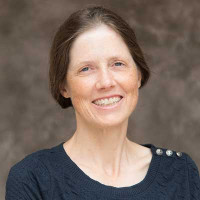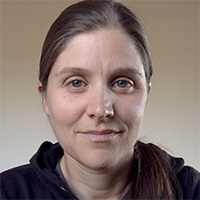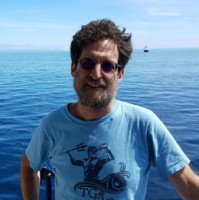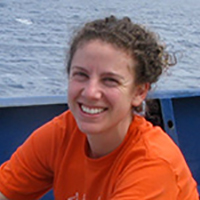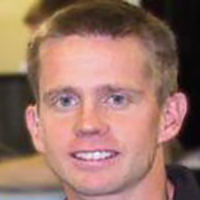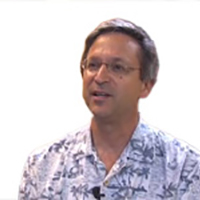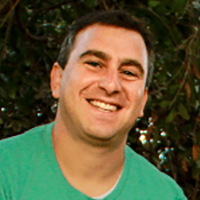A global network of robotic floats that measure the changing state of the ocean.
Oceans and Atmosphere
Autonomous Ocean Platforms and Global Observing Systems
The use of sensor-equipped drifters or autonomous underwater vehicles as well as global-scale observing methods to study ocean and atmosphere systems.
Academics
Centers, Labs, and Programs
Develops and implements coastal observatories, serves as a science and technical interface with local, state, and federal agencies, and manages various system components.
The Global Ocean Biogeochemical float program supports robotic ocean-monitoring float profiles around the globe that are used by scientists and educators to better understand ocean health.
Develops autonomous instrument platforms and sensors for them, builds instrumented vehicles, and operates floats and gliders for such projects.
Research interests are broadly concerned with the use of new technology for observing oceanic phenomena and the development of inverse techniques for their interpretation.
Provides a critical service to the oceanographic community by innovating new drifter designs and sensors as demanded/needed by science applications and evolving observing system requirements.
An autonomous long range platform to unveil the oceans.
